Veganuary might be over, but the year is just beginning, and with it brings a whole host of meatless options.
A common question that I often get is ‘Do you actually get any protein?’ which is a reasonable assumption if you’ve never had to look any further than chicken or beef. So, I’m going to name a few (often cheaper) alternatives that will tick the nutrient off the list, lower your environmental impact and, bonus, still taste good!
But why should we actually care about our protein consumption? Well, protein is made up of amino acids which are responsible for repairing and building our cells, making up our tissues, muscles and bones. You might have heard of ‘essential amino acids’ which cannot be made by the body and therefore must come from our diet alone.
It’s not just as simple as saying ‘you should get X grams of protein per day’- it depends on your calorie consumption. As a general rule, protein should make up around 10% to 35% of your total calorie needs.
Sources of protein
Chickpeas
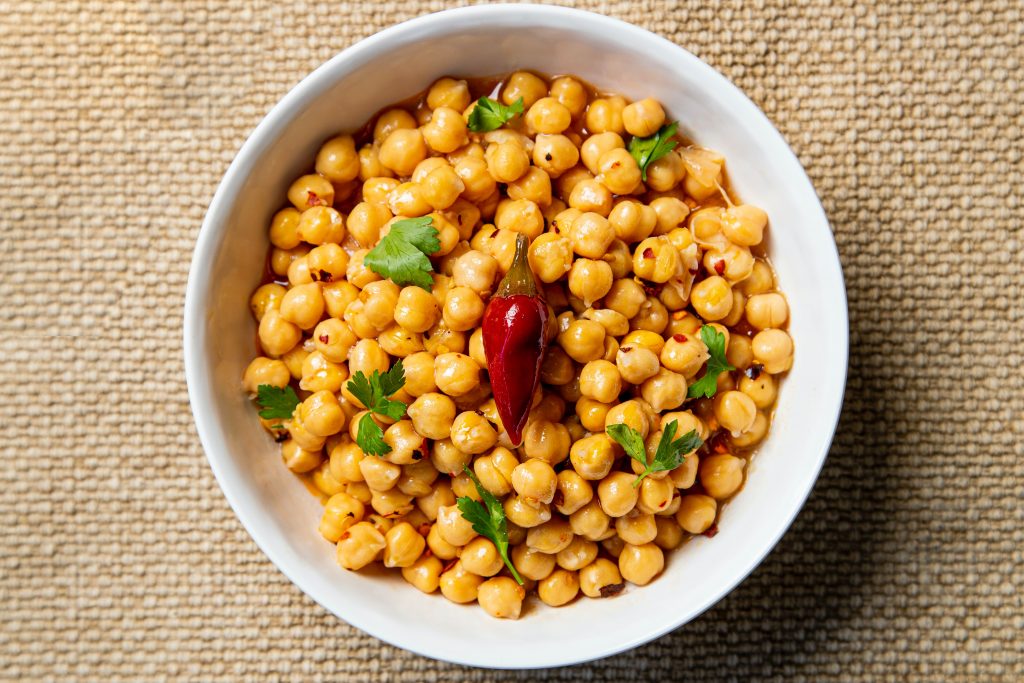
These are probably the best-known vegetarian protein source- and for a good reason. Per cup, these little legumes contain 14.5g of protein. A couple of cans of chickpeas can easily be incorporated into a curry, blended into hummus to dip your crisps into, or transformed into a spiced falafel. I’ll be transparent, however, and say that the protein content per cup is significantly less than that of chicken, so try to use them in dishes that require a higher quantity.
Other grains and pulses
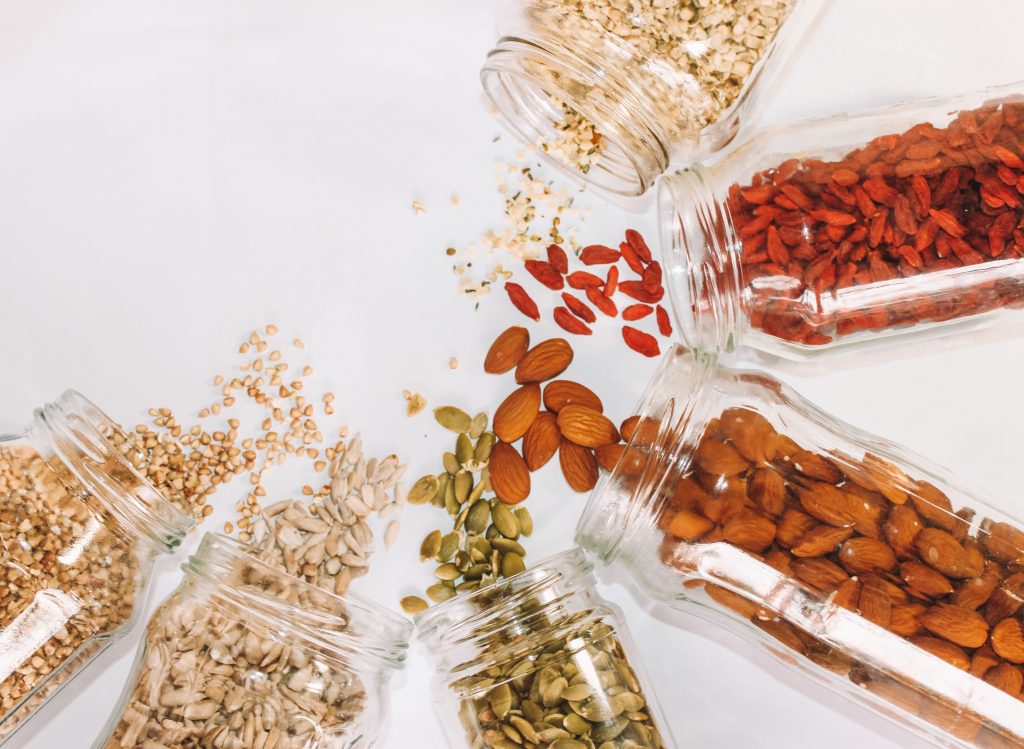
Alongside chickpeas, there are a variety of other similar cupboard staples can help you to boost your protein, including lentils and quinoa. Per 100g, there’s 13g protein in quinoa and 9g in boiled lentils, making them both an excellent option. And, fun fact, quinoa is one of the few foods that contains all 9 of the essential amino acids, making it a complete protein!
Eggs
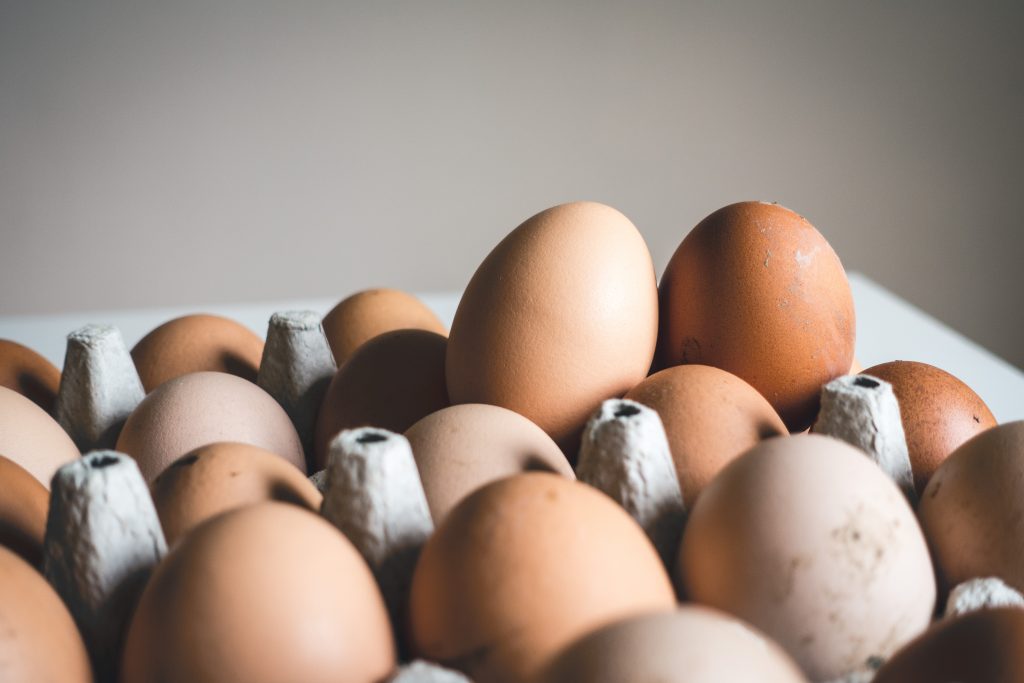
These are a staple in most people’s lives and especially key when you are removing meat from your diet. Eggs are very versatile and can be used in multiple ways, both sweet and savoury. Think quiches, omelettes, eggs on toast, egg custard tarts and crème brûlée… (and no, I’m not saying that the latter two are a meal replacement,, but they are definitely yummy).
Packing in approximately 6g of protein per one large egg, these protein balls are definitely a good go-to.
Tofu
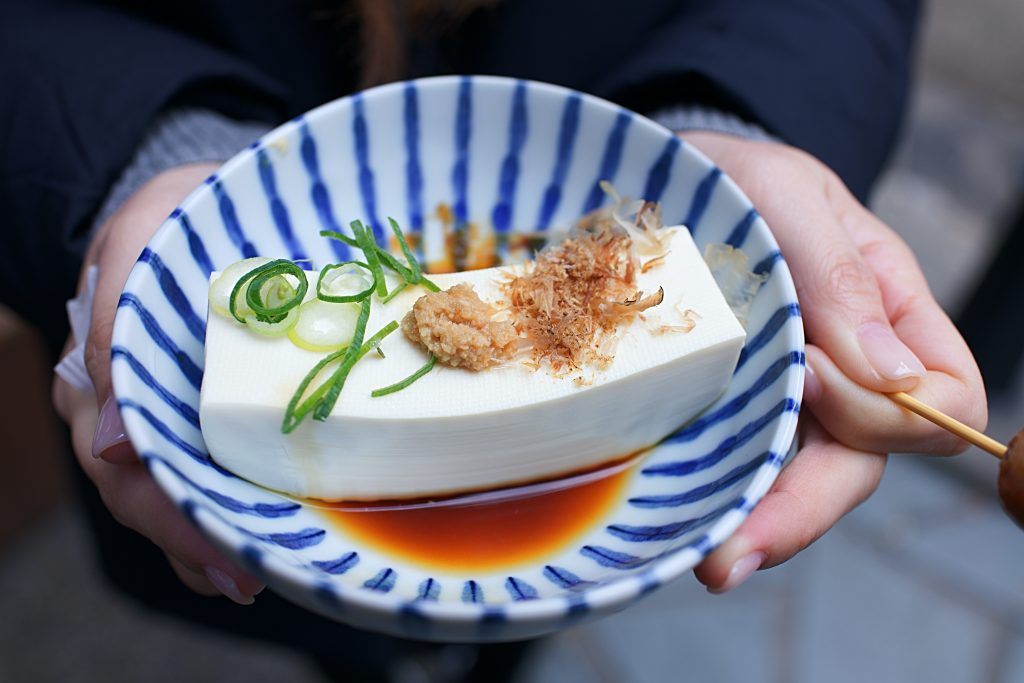
Made from condensed soy milk, this is a perfect source of protein for the vegans amongst us. Many people are sceptical as yes, tofu does have the texture of scrambled eggs but that can change if you cook it to taste. Crumble or chop to preference, fry with a little oil and add some seasonings to finish. This will go nicely in your salad, sandwich, curry…the options are endless! With 17g of protein per 100-gram serving, wherever you would normally use chicken, you might find this to be a suitable alternative.
Oats
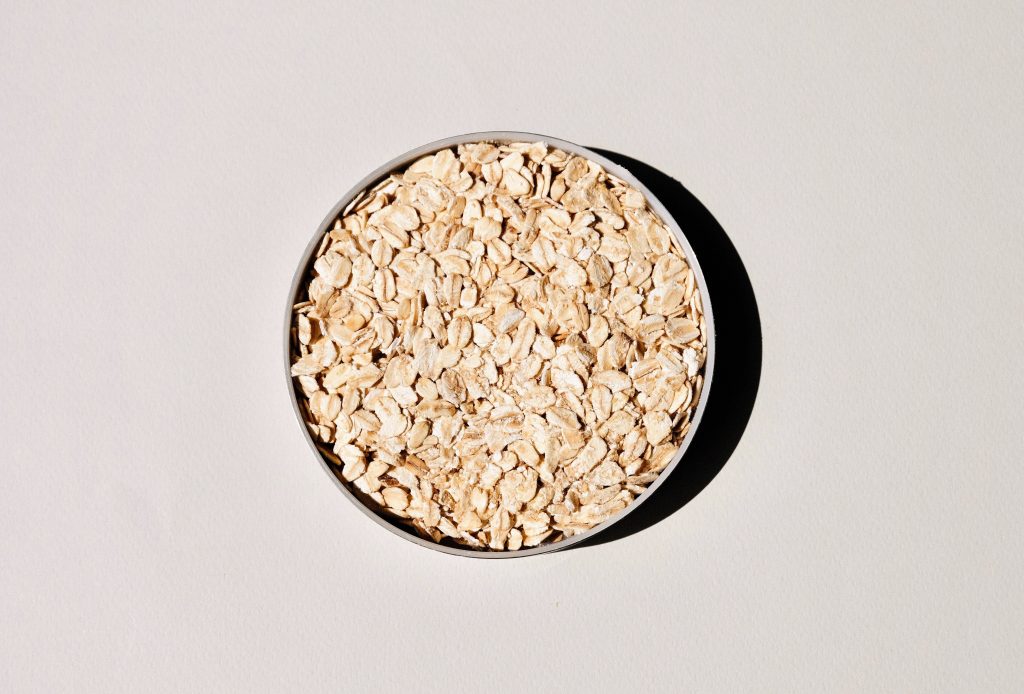
Oats have multiple benefits, but their protein content is not one to be overlooked. If you start your morning with 40g of porridge made with water you’re already consuming 5g of protein before the day’s begun! And if you want to try milk for extra protein but are not sure which to go for, spoiler, I’ll talk about them a little at the end.
Milks
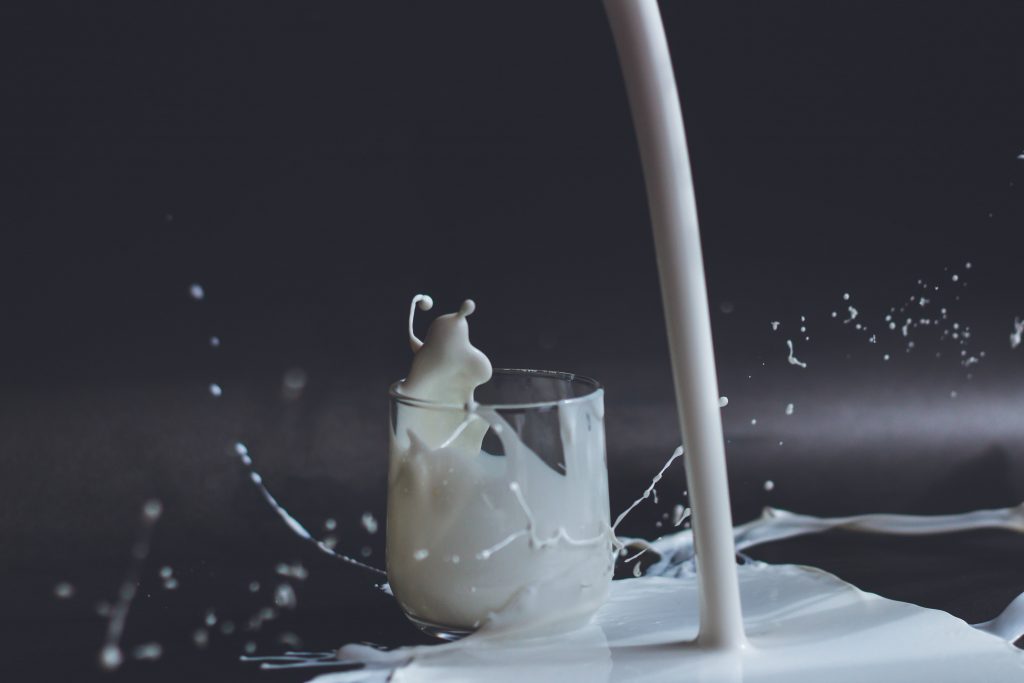
Fairly unsurprisingly, cow’s milk has a high protein content with around 8g per cup, making it perfect to add to porridge or a hot drink. But if you follow a plant-based diet and wonder what to turn to, it’s not alone. Soy milk has the same protein content, tied with pea milk, and followed by Oat and Cashew at 4g. So don’t overlook milk when considering your protein intake because it can help to add extra nutrition where you need it! Similarly, other dairy items such as yoghurt are always good to consume as they have various benefits.
I hope this has helped to inspire you and makes cooking for your favourite vegetarians a whole lot easier! Get creative and find out what works best for you and your cooking.